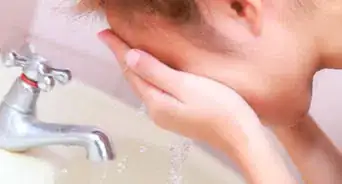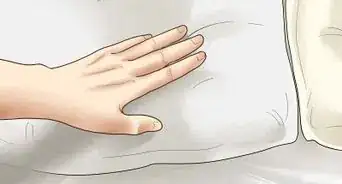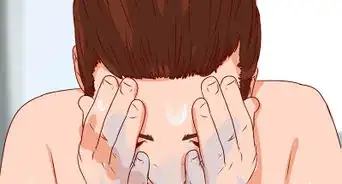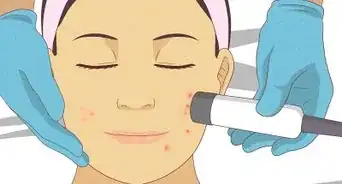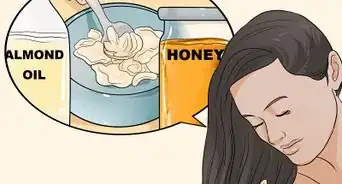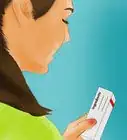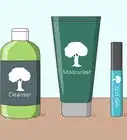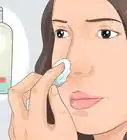This article was co-authored by Chloe Goldman and by wikiHow staff writer, Krysten Jackson. Dr. Chloe Goldman, MD is a Dermatologist based in Miami, Florida, who currently works at Baumann Cosmetic & Research Institute and Upper East Side Dermatology. She specializes in cosmetic, medical, and surgical dermatology. She earned a Doctor of Medicine from New York University and a BA in Biology, Neurobiology, and Behavior from Cornell University. She completed her dermatology training at University of Miami, where she was awarded the prestigious position of Chief Resident. She has won grants from the American Skin Foundation and the Melanoma Research Foundation.
There are 10 references cited in this article, which can be found at the bottom of the page.
This article has been viewed 9,322 times.
A quick fix for treating acne, pimple patches make acne appear flatter while absorbing the gunk from your pesky pustules. After you’ve taken off your patch, you might want to know exactly what to do to finish healing your skin and keep that zit gone. Look no further—we’ve gathered the best tips to help you maximize your results and know what's best for next time. Keep reading to learn more about pimple patches!
Things You Should Know
- Remove the patch before the skin is dry and flaky.. Usually, the recommended time is 24 hours, but there's no absolute consensus about this.
- Once you remove the patch, wash your face and hands to get rid of any germs that could irritate your skin or cause an infection.
- Exfoliate and moisturize your face to promote healing and prevent scarring. Steer clear of makeup until your zit is totally gone.
Steps
Caring for Your Skin After Removing a Patch
-
1Keep the patch on until it has turned cloudy. Take your patch off once you notice it has raised or turned a milky opaque, before the skin becomes dry. Some patches can be kept on for days depending on the amount of liquid, but it’s generally recommended to take off or change your patch every 24 hours.[1]
- A pimple patch can only absorb so much after a while. Plus, leaving on the same patch, especially one with medication, for too long can irritate your skin. Be sure to check the box to confirm the recommended time of use.[2]
-
2Wash your entire face and hands to keep away bacteria. After pulling off your pimple patch, the area can still be vulnerable to reinfection. To help prevent this, use a gentle face wash to clear away any germs.[3]
- Excess adhesive from the patch will also be removed when you wash your face.
- Pat your face dry with a clean towel.
Advertisement -
3Apply another patch if you see extra fluid. After removing your patch and washing your face, you may notice some additional pus from your pimple. In that case, put on another patch to help dry up the rest. A pimple that isn’t completely drained may reoccur.[4]
- If you removed your pimple patch and it burst or bled after, you likely removed the patch too early. Once you’ve cleaned up the area, pop on another patch to finish the job.
- Before you apply another patch, dab on a small amount of antibiotic ointment to help the healing process.
- Keep using patches until you no longer see pus. After that, you can move on with your routine.
-
4Exfoliate your face once you remove the patch. Sloughing away the dead skin helps promote skin regeneration and lessens the chance for scarring. After you’ve removed the second patch and your pimple has dried, exfoliate your entire face as usual. Although some people recommend being gentle when exfoliating, that's not necessary.[5]
- If you use an exfoliating scrub, choose one without large exfoliants like nut shells or microbeads. These can cause microtears in your skin that can irritate your healing wound or cause new ones.
- Chemical exfoliators often reach deeper into the skin for a more thorough effect. Look for ones with alpha and beta hydroxy acids, or fruit enzymes if you have more sensitive skin.
-
5Apply a moisturizer to rehydrate your skin. The hydrocolloid that makes up pimple patches won’t discriminate when it comes to absorbing liquid, be it pus or helpful sebum.[6] Apply some moisturizer to restore the hydration after you take off your patch.
-
6Avoid makeup directly on that area. Makeup can be irritating for a healing wound. Until the pimple is completely healed, don’t apply any foundation or concealer on it. Makeup can clog your pores, making it difficult for your skin to breathe and, as a consequence, heal.[7]
-
7Keep your hands away from your face. You may feel the urge to prod at your healing wound or remove an annoying scab. However, hands can be covered in bacteria that could reinfect the area—or cause a worse infection![8]
- Wash your hands if you must touch your skin. However, even with washed hands, bothering your healing pimple will slow down the healing process. It’s best to just leave your skin alone.
How to Use a Pimple Patch
-
1Wash and dry your face before you apply the patch. Acne patches work best on dry, clean skin, as excess oil or dirt can mess with the adhesive. If your pimple has already burst prior to patching it, be sure to clean up any pus or blood, as well.[12]
- Don’t squeeze your pimple if it has burst, however. The pimple patch will get the rest of the pus out on its own.
-
2Stick the patch directly onto your zit. Acne patches work best on pimples that have just burst or are about to burst.[13] Place the patch over your zit and smooth out any wrinkles. The hydrocolloid will start absorbing right away.
- Although you should avoid popping pimples as much as you can, if you have popped one, a pimple patch can pull out the extra liquid and help it heal more evenly.
-
3Keep it on for up to 24 hours. Your patch may take an entire day or more to finish absorbing. Be sure to check the box to confirm the recommended time of use.[14]
Expert Interview

Thanks for reading our article! If you'd like to learn more about removing pimples, check out our in-depth interview with Chloe Goldman.
References
- ↑ https://panoxyl.com/the-complete-guide-to-acne-patches/
- ↑ https://health.clevelandclinic.org/how-do-pimple-patches-work/
- ↑ https://health.clevelandclinic.org/pimple-popping-101-how-to-safely-zap-your-zits/
- ↑ https://www.medicalnewstoday.com/articles/hydrocolloid#how-to-use
- ↑ https://labmuffin.com/skincare-101-exfoliation-basics/
- ↑ https://www.medicalnewstoday.com/articles/hydrocolloid
- ↑ https://www.aad.org/public/diseases/acne/skin-care/habits-stop
- ↑ https://www.cdc.gov/hygiene/personal-hygiene/face.html
- ↑ https://www.medicalnewstoday.com/articles/hydrocolloid
- ↑ https://labmuffin.com/how-do-hydrocolloid-bandages-and-acne-patches-work/
- ↑ https://youtu.be/779b-AQTAyU?t=358
- ↑ https://health.clevelandclinic.org/how-do-pimple-patches-work/
- ↑ https://health.clevelandclinic.org/how-do-pimple-patches-work/
- ↑ https://health.clevelandclinic.org/how-do-pimple-patches-work/


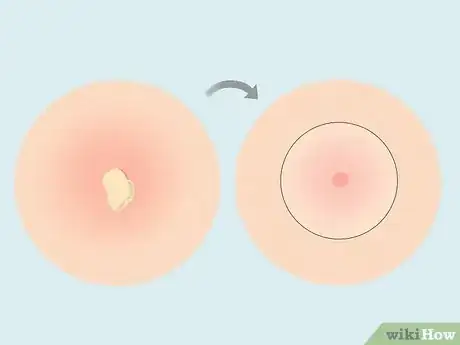
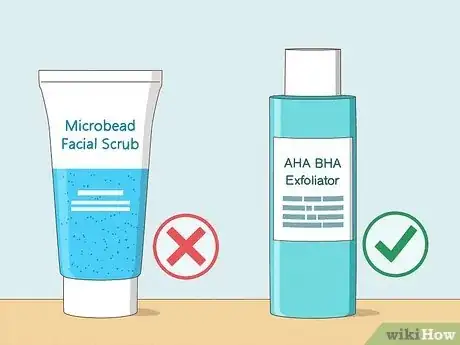




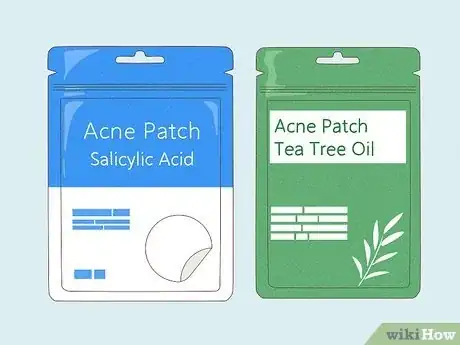
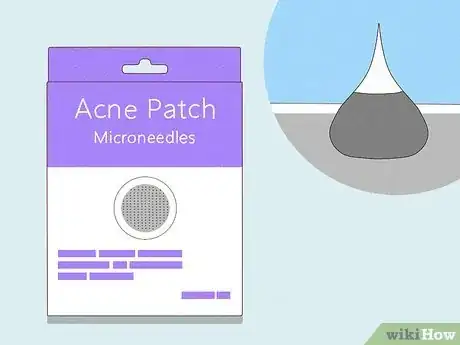
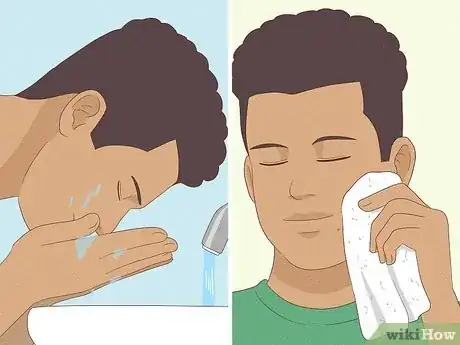



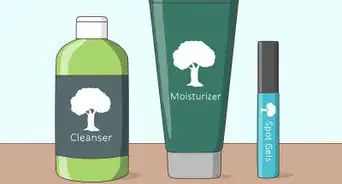
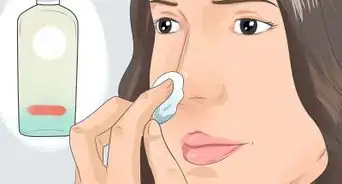
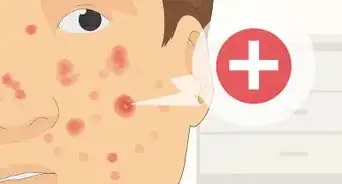
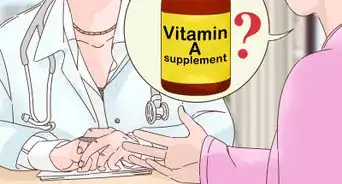
-Step-8-Version-2.webp)
